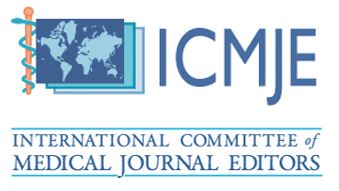Prospective, Non-randomized Study of Clinical Outcome in Patients With Primary Versus Delayed Ureteroscopy for Proximal Ureteric Stone (PRIDE Study)
DOI:
https://doi.org/10.51200/bjms.v19i2.6370Keywords:
Primary ureteroscopy, Delayed ureteroscopy, Urolithiasis, Proximal ureteric stoneAbstract
Introduction: Conventionally, proximal ureteric stone is managed with stenting followed by a definitive delayed treatment. This approach requires multiple hospital visits. Primary ureteroscopy has been employed to expedite the treatment as a single-stage procedure. Methodology: This prospective, non-randomized, cohort study assessed the efficacy and safety of primary (P-URS) versus delayed ureteroscopy (D-URS) in the management of proximal ureteric stone. A total of 176 consecutive patients with unilateral proximal ureteric stone >3mm were included in the final data analysis (95 P-URS and 81 D-URS). The decision to proceed with P-URS or D-URS was based on initial presentation and surgeon’s expertise. Stone free was defined as no visible residual fragments on the kidney, ureter and bladder (KUB) radiograph which was performed 6 weeks post-operatively. Primary outcome was stone free rate. Secondary outcomes include operative duration, length of hospital stay and rate of complications. Results: D-URS had a higher stone free rate (96.3%) compared to P-URS (74.7%) but overall operative duration, length of stay and rate of complications were comparable between these 2 groups. All complications from D-URS were UTI-related (8.6%) Conclusion: P-URS for proximal ureteric stone is a safe and feasible option accepting the lower stone free rate compared to D-URS.
Downloads
Published
How to Cite
Issue
Section
License
All articles are published under the Creative Commons Attribution-NonCommercial (CC BY-NC 4.0) license, enabling users to read, download, copy, distribute, and adapt the material for non-commercial purposes, provided proper credit is given to the original authors and the source. This model supports transparency, accessibility, and the global exchange of medical knowledge.








1.png)



